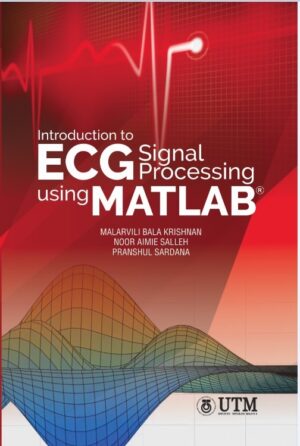Description
A paucity of broad methodologies for designing inductive energy transfer links has led to the utilization of proprietary and non-interoperable link performance enhancements. The original contribution of this book is the development of general coupling-based design methods to improve the energy transfer performance of high-frequency inductive links. First, the book develops a general procedure to improve the transfer efficiency of symmetric inductive links established using axially-aligned printed spiral coils (PSCs), which are externally constrained by an upper-quality factor bound. The procedure compensates for low PSC quality factors by geometrically improving PSC coupling potentials. The application of the method in a test scenario led to the enhancement of the link transfer efficiency and augmented the link fractional bandwidth without altering the PSC quality factors. Secondly, the book proposes an unobtrusive method for ensuring uniform link transfer efficiency under various degrees of partial lateral misalignment between coupled PSC terminals. The method functions by ensuring that the link operates within an over-coupled regime, irrespective of the alignment conditions. Testing the developed procedure in a design scenario led to a reduction in the range of transfer efficiency values. Finally, a PSC-design technique to enable fixed-matched inductive links to maintain a near constant performance level for distances within a designated operational range. The method is based on seeking to maintain link critical coupling despite having PSC separation distances closer than the designated link range.





